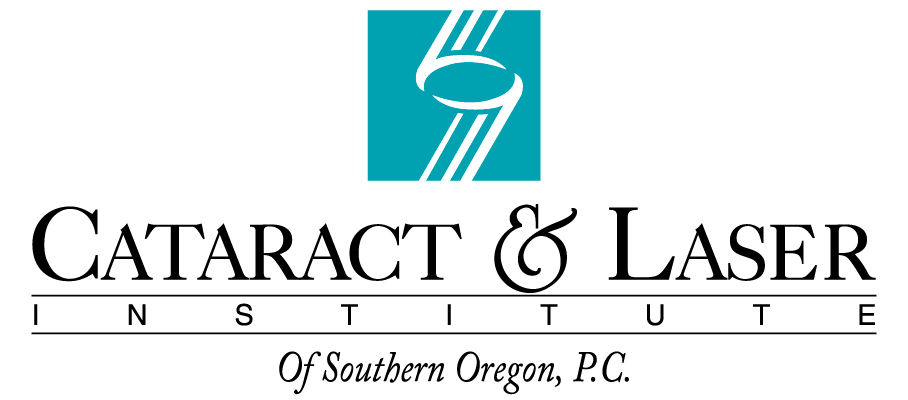Laser Vision Correction is an advanced, safe and effective type of eye surgery that uses the measurements of your eye and highly accurate light energy to reshape the cornea, allowing it to bend light rays properly and improve your eyesight almost immediately to eliminate the need for glasses and contacts. Over the past 25 years since FDA-approval, many advancements have been made in Laser Vision Correction, making it one of the safest surgical procedures. The surgery is quick with a rapid recovery and within 24 hours patients can achieve 20/20 vision.
Laser Vision Correction – Corrects ALL types of Refractive Error.
Refractive error is very common in the United States with an estimated 33% of Americans with Myopia, 36% with astigmatism and nearly 4% of Americans with Hyperopia.1 According to the International Agency for the Prevention of Blindness, refractive error is the leading cause of visual impairment worldwide and is treatable with LVC surgery, glasses, or contact lenses. LVC surgery corrects myopia (near-sightedness), hyperopia (far-sightedness) and astigmatism.
Refractive error can be corrected with glasses, contact lenses, or Laser Vision Correction surgery, such as Laser in situ keratomileusis (LASIK) or Photo Refractive Keratectomy (PRK). PRK was FDA approved as the first laser vision correction surgery in 1995 and LASIK was FDA approved shortly thereafter in 1999. Since then, over 10 million Americans have chosen laser vision correction, and in 2021 over 833,000 laser vision correction surgeries were performed in the United States.2

